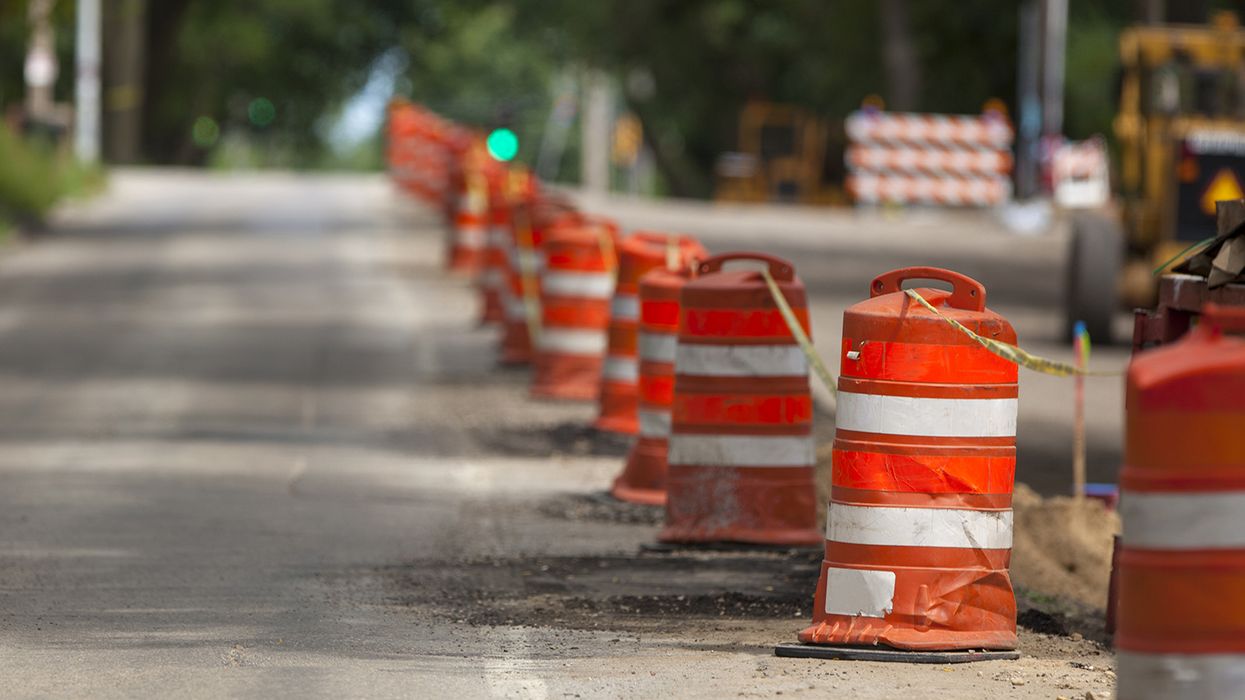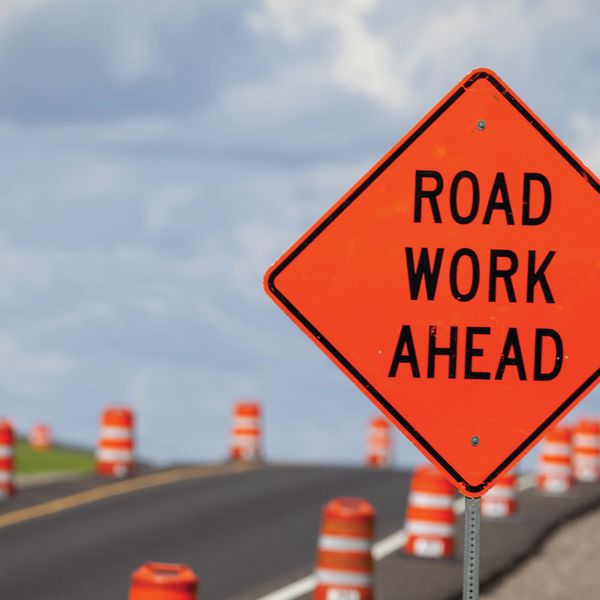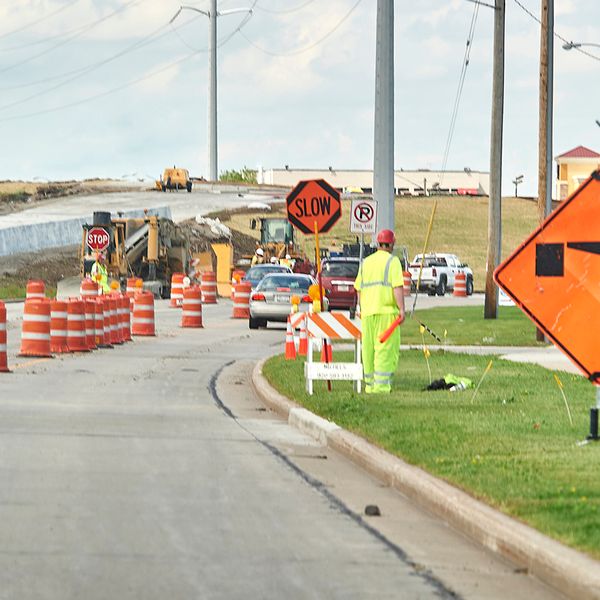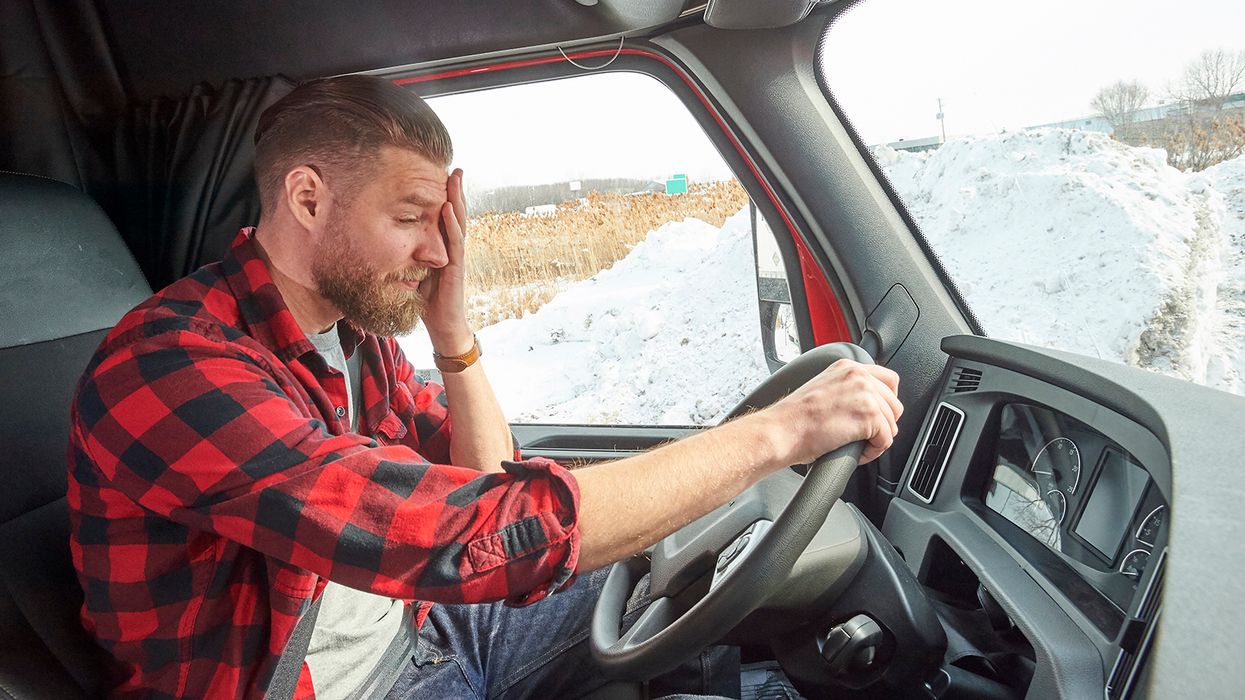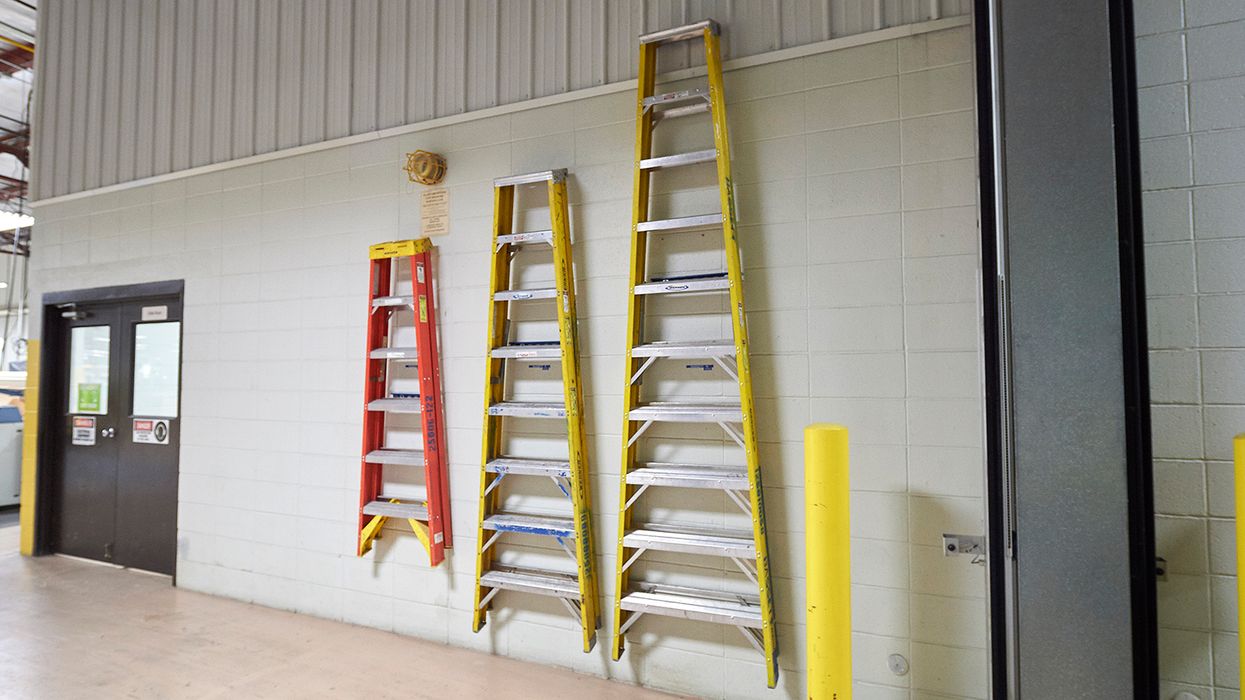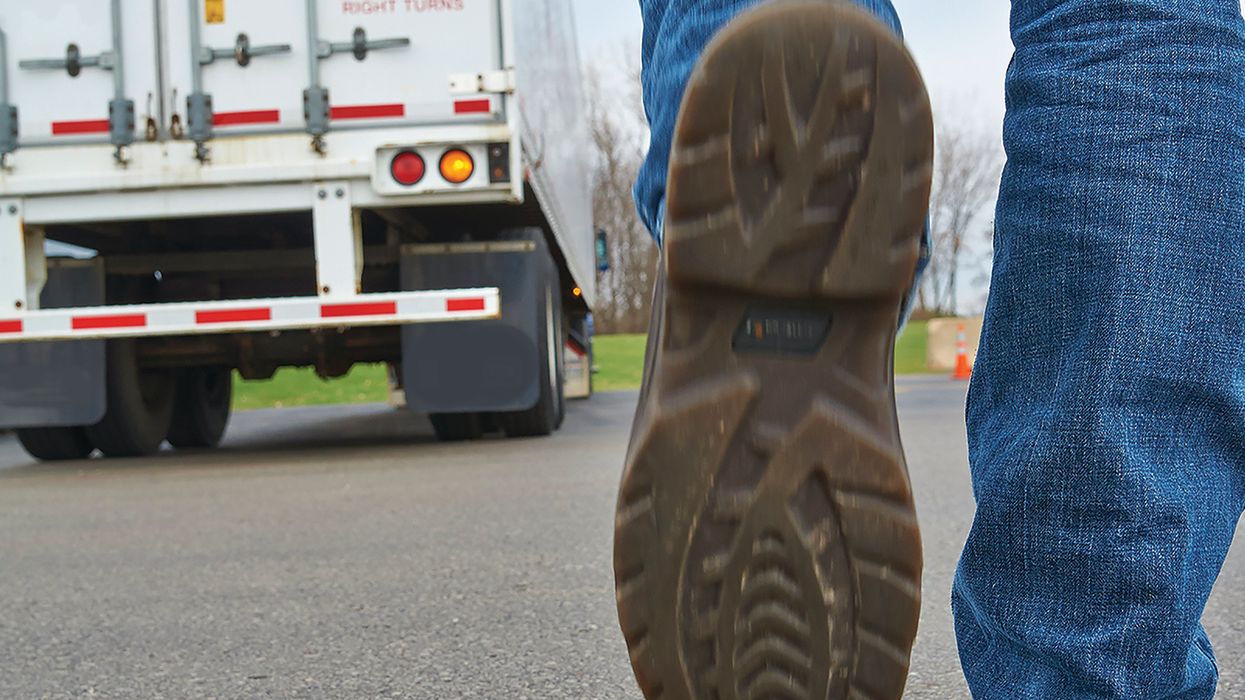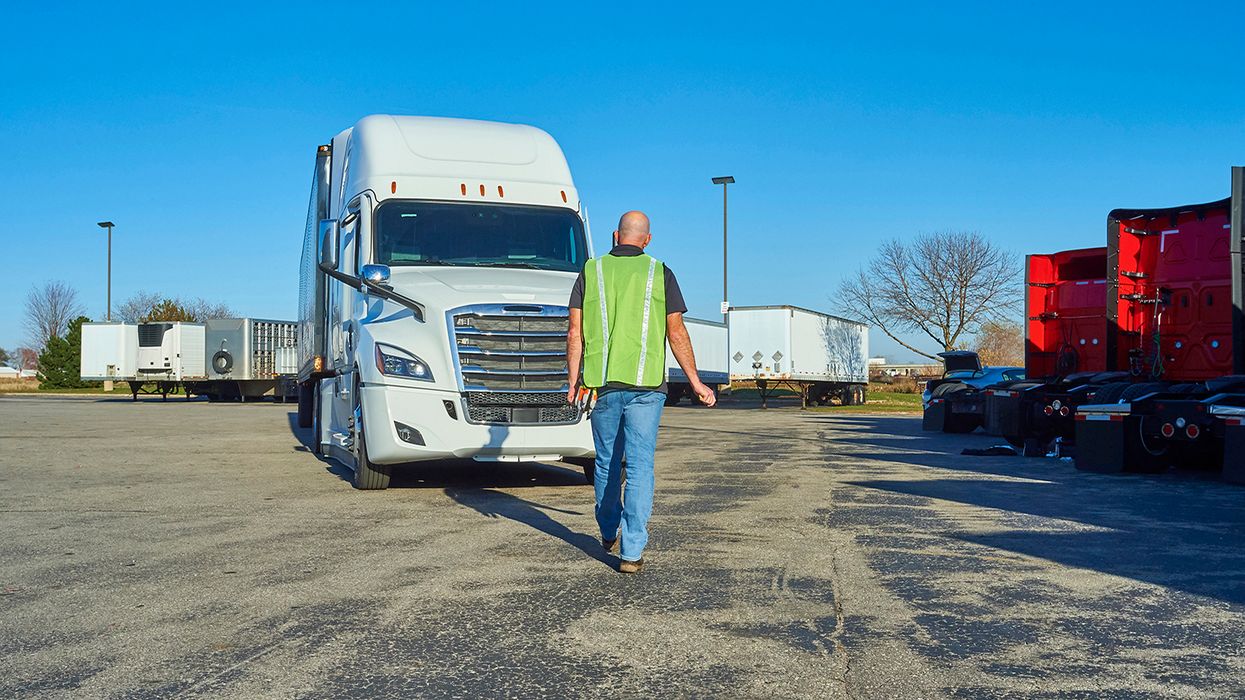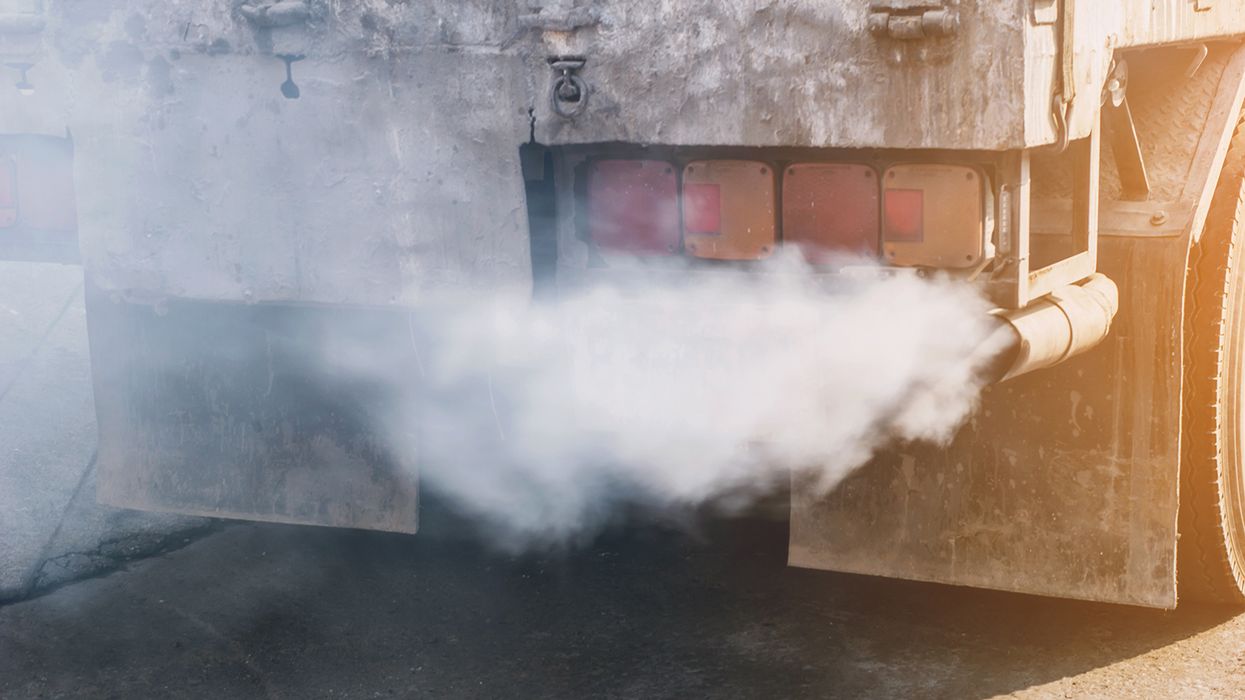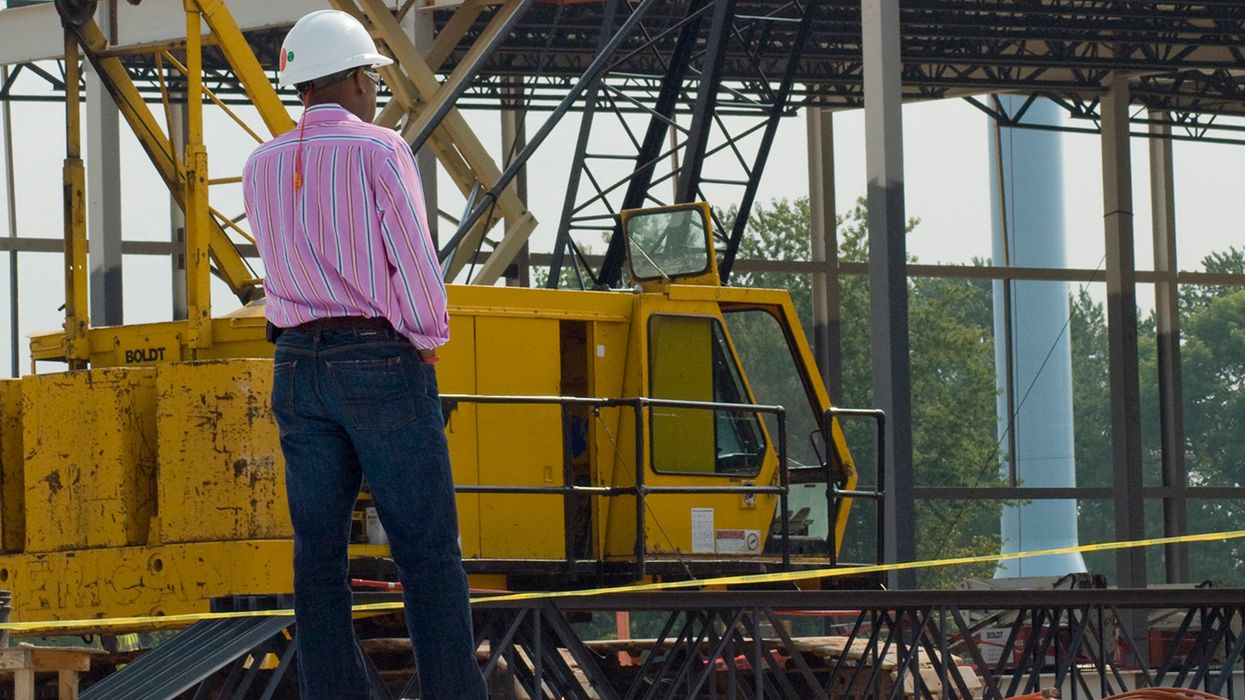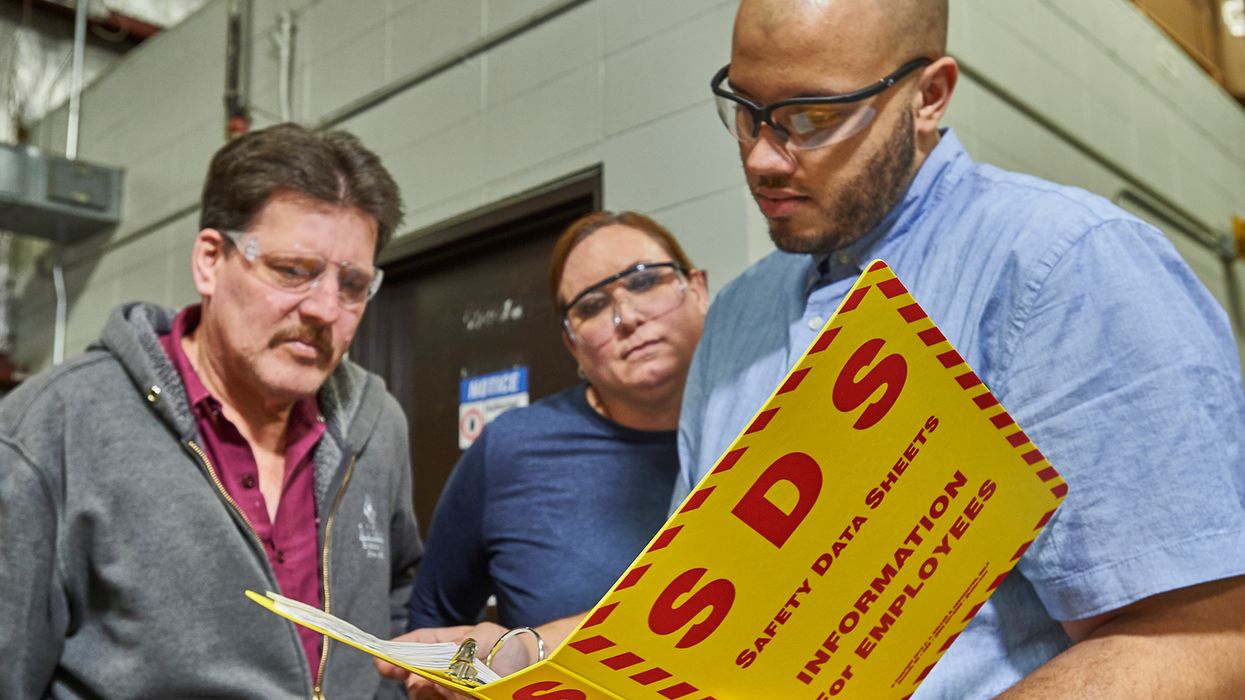Training Blueprint--Work Zone Safety
In 2019, there were 762 fatal crashes in work zones, resulting in 842 fatalities. Of those fatal crashes, more than 30 percent (247 crashes) involved a large truck.
Driving in a work zone magnifies the importance of defensive driving skills and safe driving practices.
TIP: Use of a video is one way to introduce this topic. When selecting a video, consider your drivers’ experience, the type(s) of vehicle(s) operated, and the routes your drivers travel.
A driver should always approach a work zone in the same way one would approach any other adverse driving condition.
This includes being on the lookout for:
- Narrow lanes,
- Merging vehicles,
- Shifting lanes,
- Slowing and stopping traffic,
- Unexpected work vehicles entering the traffic flow,
- Speed limit adjustments,
- Flaggers in the roadway,
- Confused drivers, and
- Impatient/aggressive drivers.
Managing vehicle speed and space can go a long way when it comes to safely navigating a work zone. Proper speed management means operating at a speed that takes into account road conditions, visibility, and traffic speed and flow.
Space management includes managing all space, including ahead, behind, to the sides, above, and below the vehicle.
As part of managing speed and space, a driver must be aware of the fact that the stopping distance for a large truck is much greater than the stopping distance for a car.
The Federal Highway Administration (FHWA) estimates that an 80,000-pound (loaded) tractor-trailer needs about 325 feet to stop when traveling at 55 mph on a dry, level road. This stopping distance is almost 50 percent greater than the stopping distance needed for a mid-size car.
Extra caution should always be used when driving at night, but caution is even more important when traveling through a work zone.
At night, hazards aren’t as easy to see and may not be recognized as quickly as they are during daylight hours. Put simply, we do not see as well at night as we do during the day. Visual acuity is reduced, side vision is poorer, and drivers’ eyes have a difficult time adjusting to abrupt changes from darkness to light and back to darkness.
A vehicle’s headlights play an important part in safely operating at night. They are the main way to see and be seen on the highway, including in a work zone.
In good weather, low beam headlights allow a driver to see about 250 feet ahead. Speed may need to be adjusted so the vehicle can be stopped within the range of the headlights. A driver should never overdrive the vehicle’s headlights. Driving outside the range of the headlights can adversely affect hazard recognition.
TIP: Share the fine and penalty information for work zones in states your drivers travel through on a regular basis. Conclude your training with a question and answer session.

